Iridescence (also known as goniochromism) is defined as “the phenomenon of certain surfaces that appear to gradually change color as the angle of view or the angle of illumination changes. The word is derived from ‘Iris’ the Greek goddess of the rainbow and refers to the vibrant optical effect of multi-dimensional rainbow-like hues that change in the light.”
Peacock feathers, mallard ducks, beetle shells, butterfly wings, minerals mined from deep inside the earth—nature is filled with gorgeous examples of iridescent colors. From the time we are tiny tots, utterly fascinated by soap bubbles, until we are adults and wonder at all things that seem to undulate and move into amorphous and amazingly chromatic shapes, iridescence never fails to intrigue the eye.
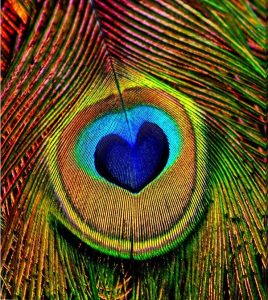
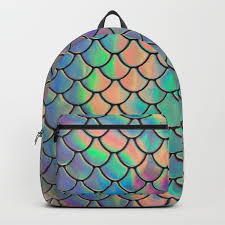
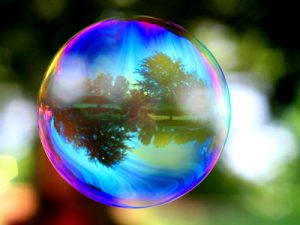
We might recall working our way across a grimy city street, noting an oil slick on the asphalt and out of the ugliness emerges a beautiful and complex color pattern. On a trip to the drugstore we note displays of glittering nail polishes, lipsticks and eye shadows and are tempted to buy at least one (if not two) of the coruscating shades.
When we go for a run, we might pull on sneakers embellished with an iridescent swoosh or adjust the state-of-the-art earphones that show a prismatic play of color.

When we long to get away from it all, we might imagine snorkeling in a tropical sea, surrounded by the exotic sea life in oscillating colors. While on the beach, we collect the the seashells that are lined with the nacreous mother of pearl colorations in beautiful pastels.*
From mundane to momentous or glamourous; from fabric and finish to high-tech applications, the phenomenon known as iridescence never ceases to amaze and tantalize.
*The difference between pearlescent and iridescent: pearlescent is pearl-like in either color or luster, while iridescence produces a display of lustrous, prismatic and rainbow-like colors.



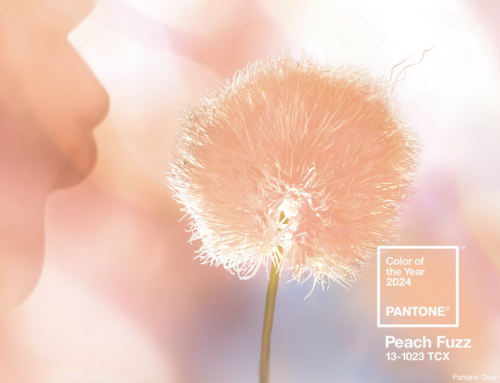
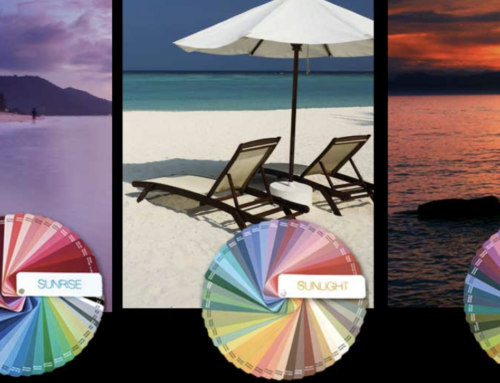


I am fascinated with both the pearlescent and iridescent. Do they qualify as actual colors? I can imagine not in that they cannot be replicated in a single pixel (as far as I am aware, but to be fair I am but a civilian) I would be delighted to see pearlescent be named the color of the year.
I worked with Pantone on a fan guide and spec book for several years and it was released in 2018, as “Pantone Metallic Shimmers: Color Specifier.” It was a challenge for the scientists at Pantone, but I think they did good job in producing the final outcome. As I mention to attendees of my Color & Design course (almost available online), humans are always fascinated by the undulating quality of a pearlized or metallic finish.